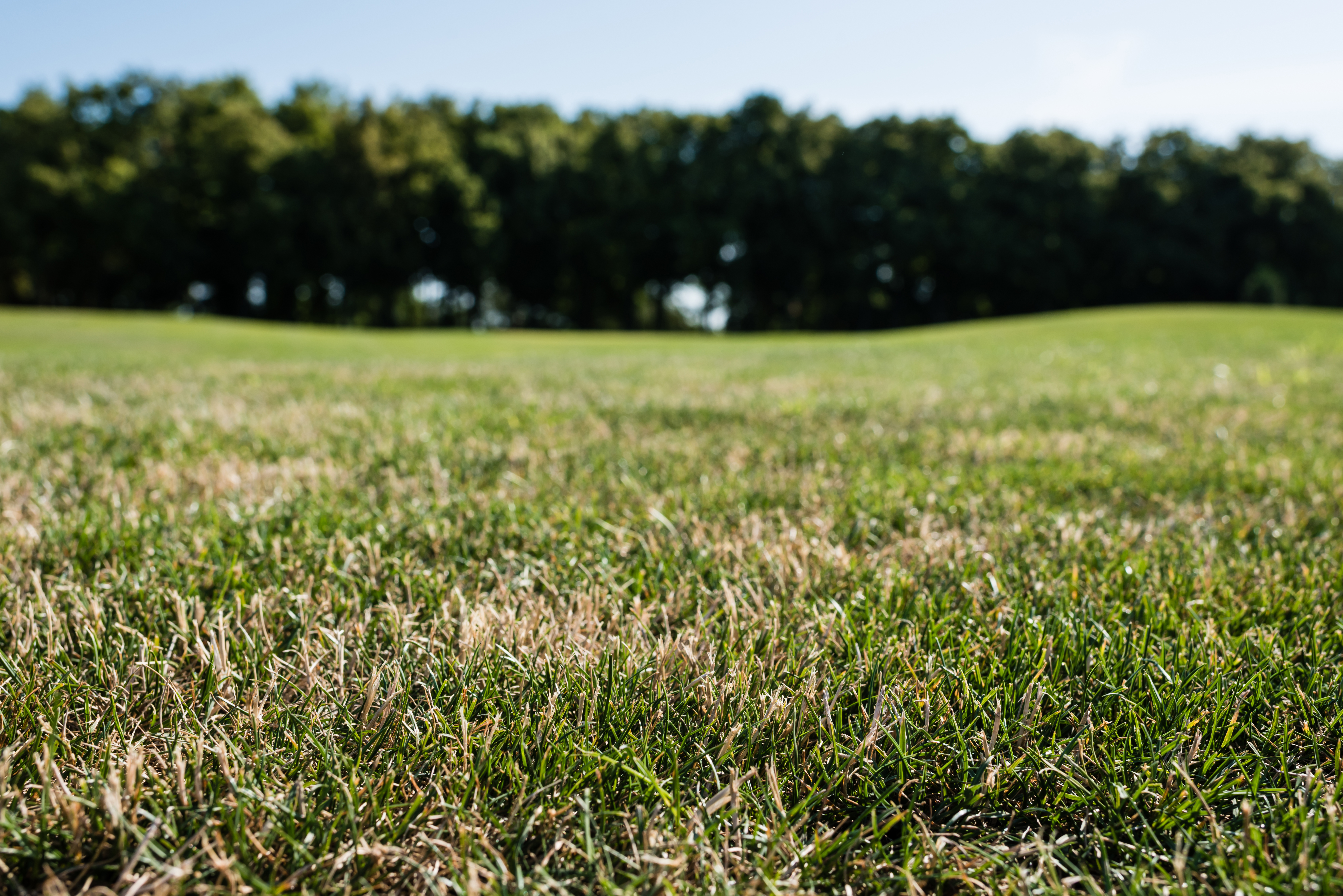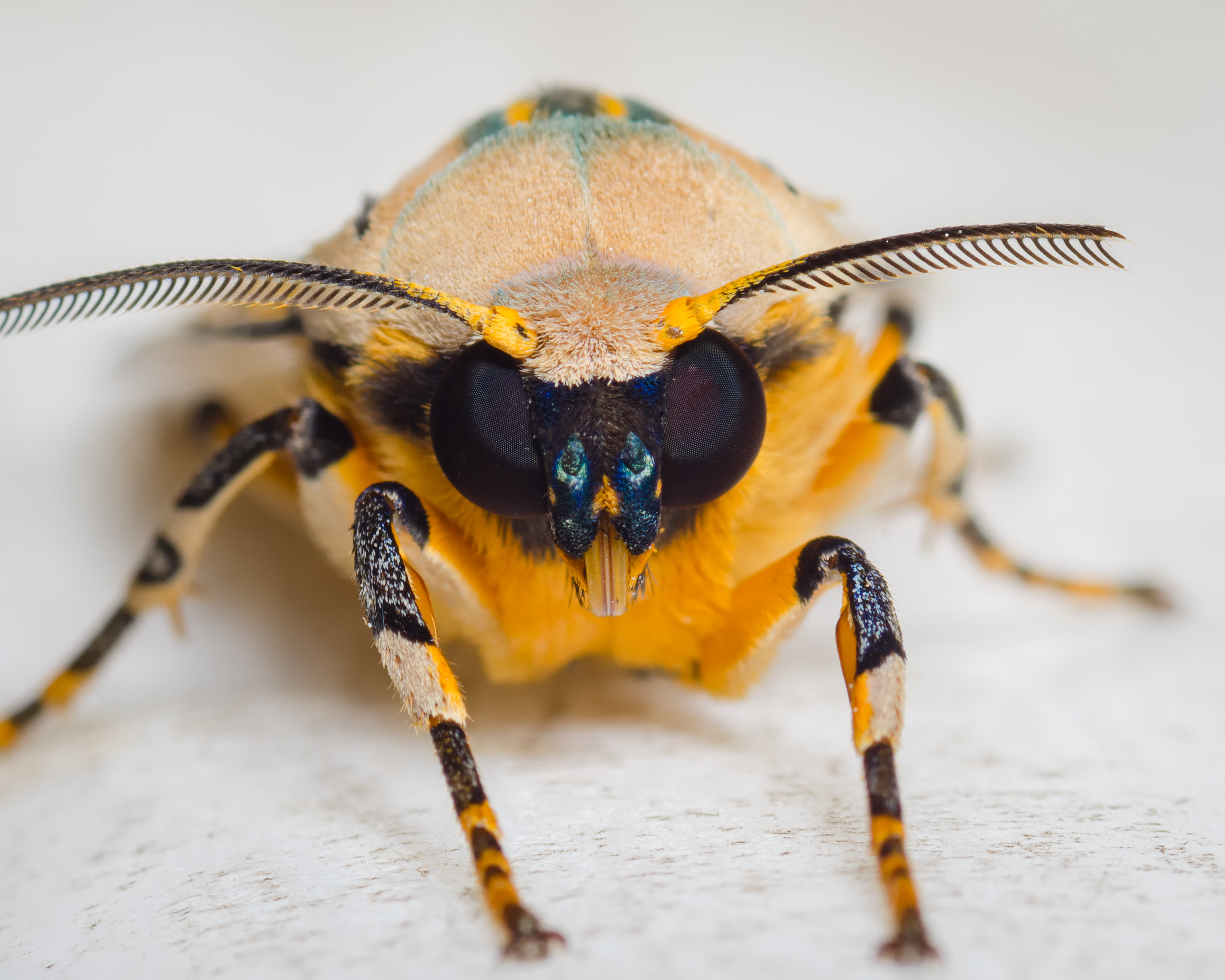 Dead or brown spots (or other discolorations) often cause people to assume their lawn is over or under-watered or that some other mistake was made with their lawn care. But the truth is, that’s not always the case. There are actually quite a few different factors that can lead to brown and dead spots. For one, these symptoms can be a sign that something is eating your lawn. In fact, there are several lawn pests that are highly destructive and may do serious damage to your lawn if they aren’t addressed.
Dead or brown spots (or other discolorations) often cause people to assume their lawn is over or under-watered or that some other mistake was made with their lawn care. But the truth is, that’s not always the case. There are actually quite a few different factors that can lead to brown and dead spots. For one, these symptoms can be a sign that something is eating your lawn. In fact, there are several lawn pests that are highly destructive and may do serious damage to your lawn if they aren’t addressed.
Let’s take a look at some of the most common lawn pests that you ought to know about.
 Grubs
Grubs
One such potential lawn pest is the grub. Grubs feed on the roots of your lawn leading to brown patches where the turf has died. Grubs (which is the collective name for several beetle species in the larval stage) are tiny, c-shaped pests that are highly destructive. After feeding on the roots of your lawn, your turf will be able to “roll-up” like a carpet since there’s nothing holding it down. Grubs also work fast. If you have an infestation, they can feed quickly and do swift damage.
The best way to deal with grubs is to prevent them in the first place. Because grubs are so destructive you don’t even want to give them the chance to feed. It could be thousands of dollars to repair turf that has been completely destroyed by grubs. Preventative grub control can ensure you’re not at risk.
 Chinch Bugs
Chinch Bugs
Unlike grubs, which feed beneath the surface of the lawn, chinch bugs are a pest that feed on the surface. These pests are tiny—an adult being only about 1/6-inch long—so you may not notice them. However, you’ll definitely see the damage. Like grubs, chinch bug damage becomes evident with the lawn turning brown. Since chinch bugs prefer sunny areas, on a hot day you may spot them crawling on your hardscaped areas where they aren’t hidden by the grass.
Since chinch bugs prefer to hide out in thatch-filled areas of the lawn, having a lawn aeration service performed can help break up compacted soil and reduce thatch—in turn, reducing your chinch bug population. If you have a serious infestation, professional insect control may also be warranted.
 Sod Webworms
Sod Webworms
A third pest to be aware of is the sod webworm—also known as a “lawn moth.” Sod webworms are dull-colored moths that can reach a ¾ inch in size. While these pests are larger than the other two we’ve mentioned, the fact that they feed on lawns in the overnight hours can make them difficult to initially spot. Most of the time sod webworms hide out during the day. When you do start to notice damage, it’s generally in the form of brown patches all around the lawn. The worst of the damage generally occurs in late summer.
An infestation of sod webworms may require a control product to suppress larval populations. In the future, a preventative treatment can be utilized to stop sod webworms from having a chance to cause problems.
Take Action
If you suspect that a pest might be eating your lawn—or that something else is wrong with it—now is the time to take action. Many of these issues are time sensitive and need to be addressed as early as possible in order to prevent further damage and hopefully save your lawn! Your lawn is valuable—don’t put it at risk for getting destroyed when there are solutions out there.




